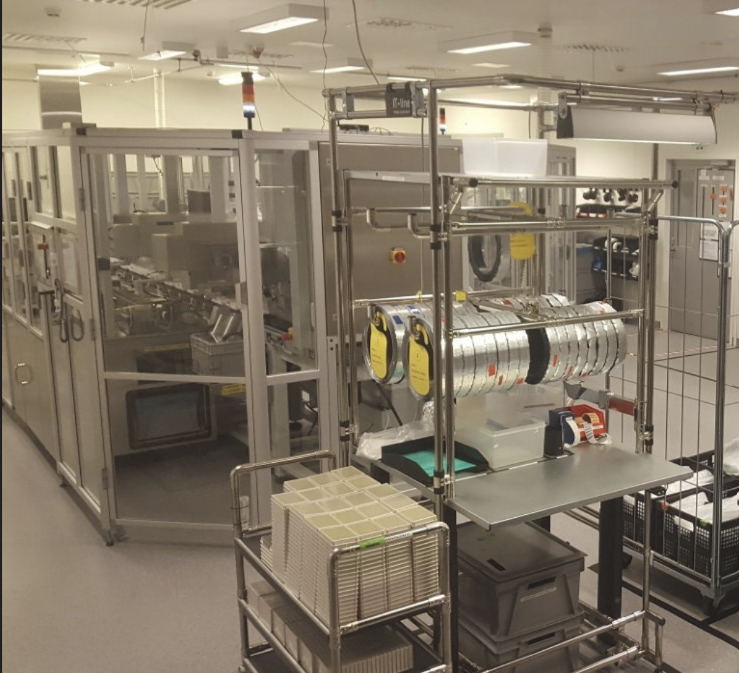Reducing change-over duration to add production time - SMED Kaizen
Medical device manufacturer arranged a SMED Kaizen event aimed to reduce the 60-90 minute changeover time in the medical device assembly process, which was causing delivery delays and productivity issues. Without improvements, an additional shift and more staff would be needed in 6-9 months. Over four days, the team used the SMED methodology to identify and eliminate waste, visualize a new process, and create an action plan. Key activities included video analysis, material handling review, trying the improvements, arranging the workplace for better workflow and sustainability planning. Results: The team reduced changeover time by 50% (from average 70 to 35 minutes) and increased line output per shift, all without additional investments.
2/10/20251 min read


Situation
The SMED Kaizen event was initiated to address the prolonged changeover time in the medical device assembly process, which was impacting delivery schedules and overall productivity. The current product-to-product changeover time ranged from 60 to 90 minutes, significantly exceeding the target of 30 minutes. This inefficiency was causing delays in the delivery of the critical final products with increasing demand. Without improvements, the need for an additional shift and more headcount was anticipated in 6-9 months.
Approach
The team employed the Single-Minute Exchange of Die (SMED) methodology to streamline the product-to-product changeover process. The event was conducted over four days, with activities including:
Day 1: Introduction to SMED, video analysis of current state, and waste identification.
Day 2: Prioritization of waste, review of material handling, and visualization of the new process.
Day 3: Trying out improvements, arranging workplace for faster workflow, finalization of the future state, creation of visual aids, and preparation for report-out.
Day 4: Report-out at the Gemba, sustainability planning, and action plan creation.
Key deliverables included SMED documentation, workflow visualization, and material handling improvements. Pre-work involved videotaping batch changes, creating spaghetti diagrams, and reserving line time for the event.
Results
The Kaizen team successfully reduced the average product-to-product changeover time from 70 minutes to 35 minutes, achieving a 50% improvement. The line output per shift also increased, with notable improvements in productivity, without any additional investments. Training was conducted for 21 operators, with ongoing reinforcement of the new process. The sustainment plan included regular reviews and updates to changeover tools, ensuring continued adherence to the improved process.
Lean approaches like this not only enhance operational efficiency but also foster a culture of continuous improvement. By systematically eliminating waste and optimizing processes, businesses can achieve significant performance gains, satisfy customers better and maintain a competitive edge.
The Lean Lab - Lean Solutions, Tested and Proven
Real Lean, Real Results, Real Fast


© 2024. All rights reserved.
Ajman Free Zone, C1 building, B.C. 1300898
